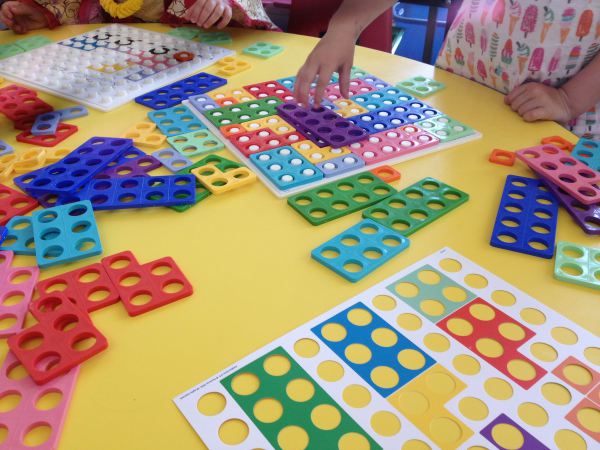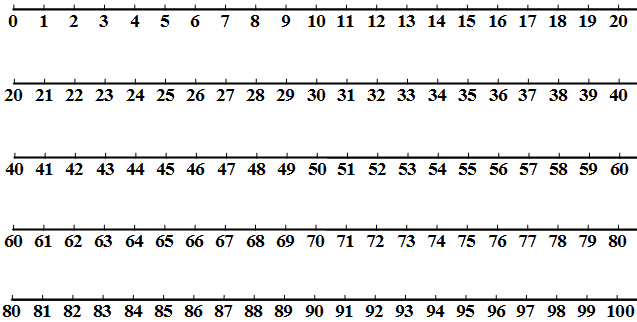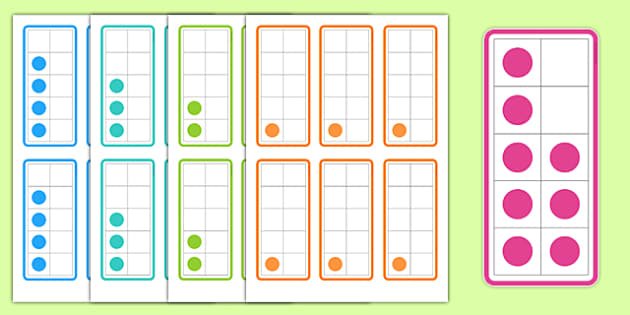Mathematics at Martin Frobisher
Subject Leader: Mrs Wilson
"Without mathematics, there is nothing you can do. Everything around you is mathematics. Everything around you is numbers"
- Shakuntala Devi, Indian writer and mental calculator
What does Maths look like at Martin Frobisher?
Here is our Calculation Policy to help you get a better understanding of how Maths is taught...
How is Maths planned for at Martin Frobisher?
At Martin Frobisher Infant School, we use the National Curriculum and the Early Years Foundation Stage Curriculum as a basis for our planning within the subject, although we see this as only one element in the education of our children. Whenever possible, we teach through a themed, experienced based approach to enable children to embed learning and make connections, leading to a greater depth of understanding within the subject. Our teaching and learning opportunities allow all children to consolidate, build upon and apply basic skills and knowledge.
Foundation Stage
In Foundation Stage teachers plan the mathematics curriculum from the Statutory Requirements for the Foundation Stage. This involves providing children with a range of opportunities to develop and improve their skills in counting, understanding and using numbers, calculating simple addition and subtraction problems; and to describe shapes, spaces, and measures across a range of provision areas both indoors and outdoors.
Key Stage 1
In Key Stage 1 teachers plan from the national curriculum. The national curriculum for mathematics aims to ensure that all pupils:
- Become fluent in the fundamentals of mathematics, including the varied and regular practice of increasingly complex problems over time.
- Reason mathematically by following a line of enquiry, understanding relationships and generalisations, and developing an argument, justification or proof using mathematical language.
- Can solve problems by applying their mathematics to a variety of problems with increasing sophistication, including breaking down problems into a series of simpler steps and persevering in seeking solutions.
Planning and Assessment grid for Year One children:
Planning and Assessment grid for Year Two children:
Teachers also use planning and resources from the White Rose Maths Hub in order to enhance their teaching of mathematics. In Key Stage 1 our maths curriculum has number at the heart of it. Teachers spend a large proportion of time reinforcing number to build competency and understanding in place value and the four mathematical operations. Children are then expected to apply these skills across the curriculum to demonstrate mastery of Mathematics. Before learning is moved on, concepts are fully understood by all children. If a child needs further practice of an idea, extra time further embed concepts is planned in to ensure all learners stay together.
How is Maths taught at Martin Frobisher?
We believe that in mathematics, every child can succeed. We use a mastery approach to teaching and learning, where no child is left behind, providing same day interventions where necessary. Our mathematics sessions have number at their heart, which a significant proportion of time spent reinforcing number to build competency. Teachers support the ideal of ‘depth before breadth’, where instead of quickly moving through concepts and only gaining a brief level of understanding, children will work through more complex and richer problems to develop their mastery of a concept.
When introduced to a new concept, we believe that children build the best understanding by following a concrete – pictorial – abstract approach. In the concrete stage, children will have the opportunity to use objects and manipulatives in order to gain an understanding of what they are doing. In the pictorial stage, children will see pictorial representations of their objects and manipulatives to help them to reason and solve problems. Only when they have demonstrated a good level of understanding will children then move to the abstract stage, where both the concrete and pictorial representations will help children to understand the abstract method.
How can I support my child in Maths?
Each week, you will be sent a weekly overview on Evidence Me, highlighting the mental maths or fluency strategies your child will be getting better at for the week. Use this to help support your child in what they are doing on a weekly basis.
We run sessions for parents about how we teach mathematics. These always receive positive feedback and comments about how different it is to when parents were in school!
Here, you can find the information shard on addition, subtraction, multiplication, division and fractions.
The documents below outline the key learning in mathematics for Year 1 and Year 2. If you would like further information about mathematics at any point in the year please do not hesitate to speak to your child's class teacher.
What resources are used in school to support Maths learning?
Numicon
Numicon is one of many manipulatives we use in order to help children to understand mathematical concepts. We use Numicon to support mathematical understanding and reasoning right from Nursery through to Year 2. Numicon is a multi-sensory approach, built on a proven pedagogy that raises achievement across all mathematics ability levels. With problem-solving, reasoning and conversation at its heart, Numicon perfectly embodies the aims of the Primary National Curriculum 2014 for mathematics as it:
- Develops fluency by using a visual, practical base to develop conceptual understanding and fluent recall.
- Helps children to reason mathematically through the use of concrete objects and spoken language to explain and justify.
- Develops children in to confident problem solvers
 Base ten
Base ten
Base ten enables children to get a thorough understanding of number. It helps them see the difference between tens and ones, understand what a number 'looks' like and encourages a good understanding of the value of each digit in a number. Base ten is very versatile and can be used to support understanding across a range of mathematical concepts.
Hundred squares and Number Lines
These are used to help children develop their understanding of numbers and the number system. They can be used in lots of different ways such as for understanding place value, for adding and subtracting and in multiplication and division.


Tens Frames
Tens frames can help develop children's understanding of counting, what a number looks like, addition and subtraction and many more!

Part-Whole model
Part-whole models are an important part of developing children's understanding of a range of mathematical concepts. Children develop and understanding of how numbers are made up, which then leads on to their understanding of addition and subtraction.


What do the children say about Maths at Martin Frobisher?
- Isaac - Jellyfish - "I love counting and learning numbers".
- Sianna - Turtles - "I like learning about tens and ones. A part and a part is a whole".
- Noah - Turtles - "I like to do lots of counting".
- William - Dolphins - "I love using the base ten and ones to help me with my maths"
- Isabella - Dolphins - "I like being challenged and solving problems. I like to try even when it is tricky".
- Freddie - Dolphins - "I love maths!"







































